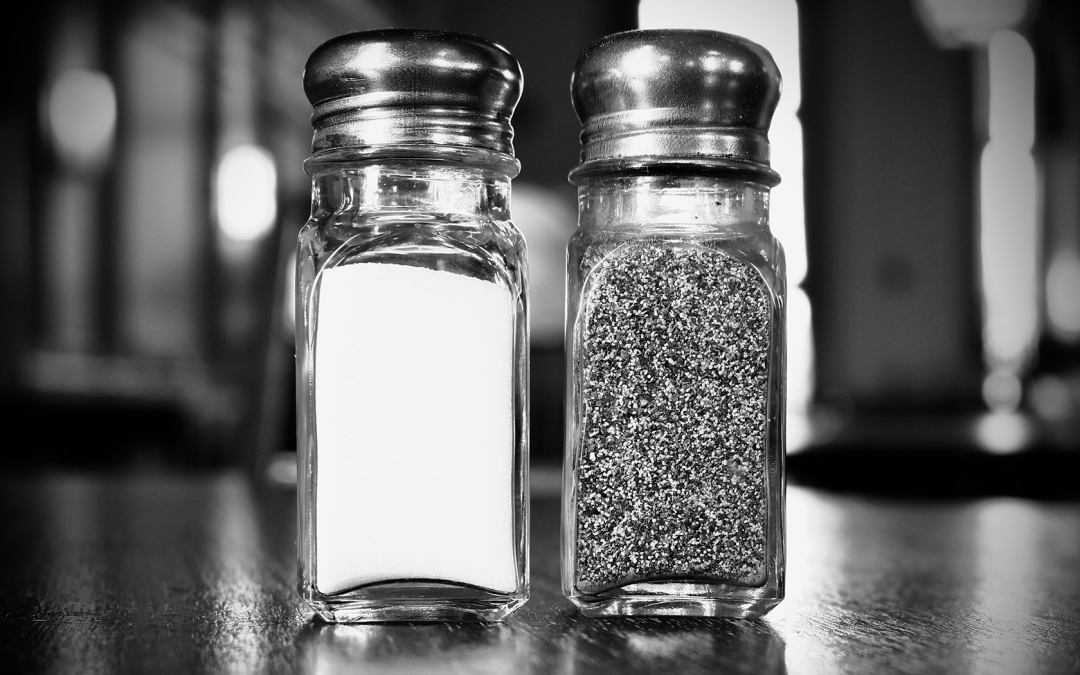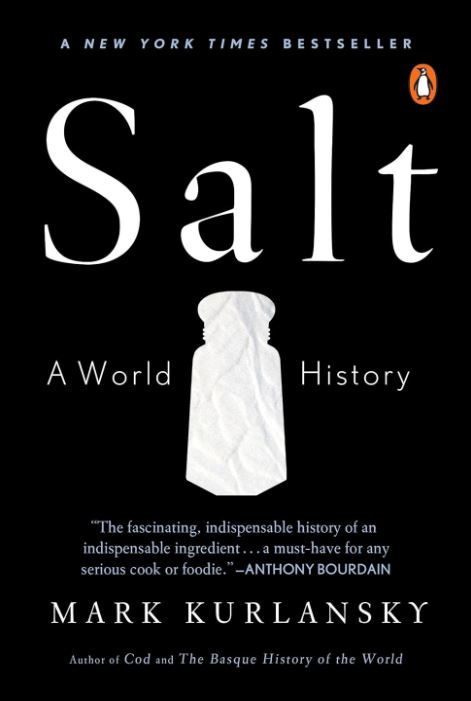Everyone knows there are two types of people: Those who crave sugary snacks, and those who would prefer something salty instead.
I’ve always fallen into the latter category — bring on the sodium chloride! As a child, at the dinner table, I would try to heavily salt my food, only to be stopped by my parents (thank goodness!). Now, as an adult, I still love salt, but I’ve been successful in finding healthful alternatives to it when seasoning my food.
Our bodies need salt – all of us, both humans and animals. Salt has been used to bring out the flavor in our food for millennia – long before recorded history (it’s done wonders for what we drink, too – sprinkling a dash of salt in your mug of beer will decrease the bitter taste of an IPA). Of course, in addition to being edible, its story is sprinkled with fascinating factoids.
The first recorded mention of salt
The first recorded mention of salt can be traced back to 2700 BCE in China. Cultures the world over valued salt due to its scarcity. Before the advent of the refrigerator, rubbing salt into cuts of meat helped to preserve them aboard merchant ships during journeys overseas. The only rock that we eat, salt also was used as currency in the ancient world (‘salt,’ in fact, is the root of the word ‘salary’). Salt remained important to both our dishes and our economies, being used in everything from agriculture to the roads on which we walk. In the New World, Native Americans made salt from brine springs. Large-scale production of salt began during the Civil War.
Shortly before that, in 1848, Richmond & Co. was founded as a small salt sales company. That company would rename itself the Morton Salt Co. in 1889, quickly growing its operation with large-scale production and becoming the household name it remains today (the sodium giant unveiled its adorable mascot, the Morton Salt Girl, in 1914, complete with umbrella and the slogan, “When It Rains, It Pours”).
Fast forward to the present day, and you can even see salt’s importance to our region in Strataca: The Underground Salt Museum, located in Hutchinson, KS. Descend 650 feet below the surface to traverse 150 miles of tunnels, throughout which historical salt formations can be seen. Along the way, you’ll learn plenty about salt mining and its importance to not only our region, but also our world.
“Salt: A World History.”
Although the complete history of salt obviously won’t fit into this small space, I encourage you to read historian Mark Kurlansky’s 2002 book, named (what else?) “Salt: A World History.” In the meantime, check out our center spread in this issue and learn all about those most collectible of dinner table adornments – salt and pepper shakers, of course.



